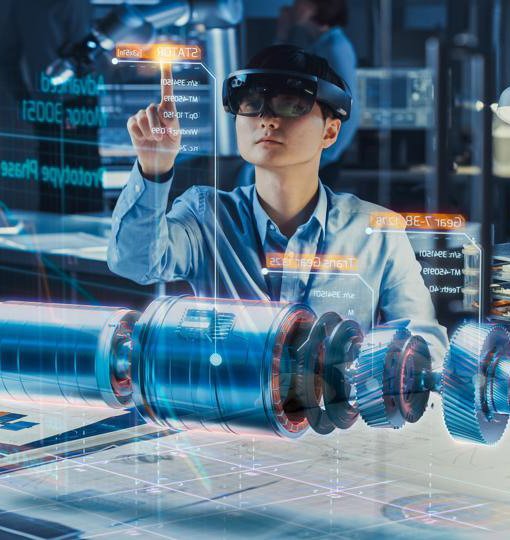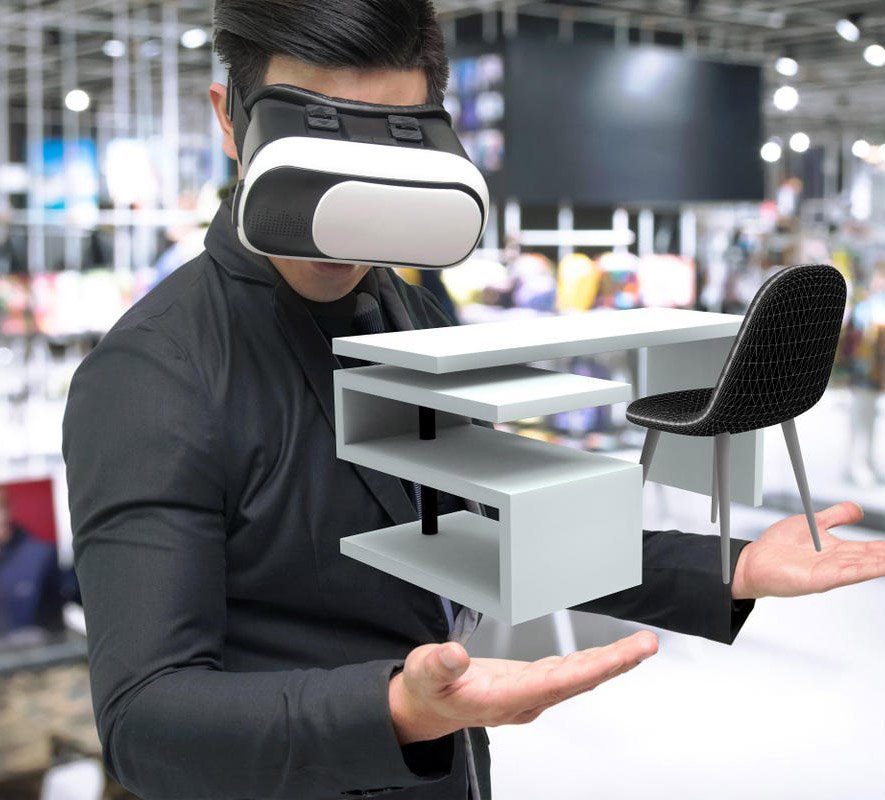Retail
Our mission is to help companies successfully implement
VR & AR hardware solutions.
Amplifying retail experience with Digital Reality
The retail industry is perhaps one of the most competitive markets in the economy that demands high level of personalization. No matter how niche the market, persuading customers is what the success of a retail business ultimately boils down to. This has led to retailers turning to disruptive technologies to keep their customers happy and engaged. The decision to purchase a product is often made before the customer enters the store, but the moments of truth within the customer journey are becoming more frequent, subtle and are likely to go unnoticed by the retail players. And these ‘blind spots’ are exactly where immersive technology has been hitting the nail on the head. Digital Reality in the Retail Industry is becoming better and ubiquitous as customers are becoming increasingly interested.
The growing popularity of Digital Reality in Retail
The advent of immersive technology has not only increased the number of touchpoints of customer targeting but also has significantly contributed to the market size and revenue of the industry. The share of AR and VR in the global retail market stood at $1.05 billion in 2017 and is estimated to grow to $46 billion by the year 2025, at a CAGR of 60.4%. Regionally, North America was the highest contributor to this market with $ 0.39 billion in 2017 and booming at a CAGR of 54.1%, is expected to reach $12.52 billion by 2025. This is followed by the Asia Pacific and the Europe region, which are expected to register a growth rate of 63.60% and 63.10% respectively throughout the forecasted period. USA had the highest share of the retail AR and VR market with 25.9% in 2017 and is projected to continue being the highest contributor in 2025 with a share of 17.7%.
And these buoyant numbers are one of the reasons why brands are seeking to use Digital Reality for sales opportunities and for enriching the customer experience. According to the Harvard Business Review, rise of customer attention by 5% generates a 25%-95% increase in profit. 77% of customers want product customization features and 65% want more extensive product information. 55% customers claim that implementation of augmented reality to the shopping experience makes it more fun whereas 61% of shoppers prefer to shop at stores that offer AR.


Uses of Augmented and Virtual Reality in the Retail Sector
Through targeted & meaningful interactions as well as data driven decision making, Digital reality is simplifying and customizing the consumer experience by offering a myriad of practical applications. Augmented reality is offering customers navigation assistance through the physical stores which not just helps in locating products but also can be used to compose an optimized shopping route. Additionally, AR is being used to provided extended set of product information using smartphones as well as customize product features, allowing customers to visualize different options. Augmented and virtual reality is revolutionizing the ‘try before you buy’ concept by creating accurate 3D impression of how certain objects will fit into different scenarios ranging from furniture to fashion. Product catalogues and manuals are becoming increasingly interactive with Augmented reality devising new ways of making product demonstration and information more interactive. Another variation of the immersive product catalogue are virtual reality stores where digital avatars of users can try or experience different products by being immersed in the shopping experience. Gamification on the other hand is increasing the time spent by the users in the store, ensuring customer retention and for promoting brand awareness by using stimuli like rewards, challenges, in game currency and progress bars.
The way forward for the Retail Industry with XRTECHLINE
Technology has dramatically changed the retail landscape, but one thing remains the same: customer experience. At XRTECHLINE we are constantly working and experimenting with technology to provide customized solutions for enhancing business offerings and strengthening relationship of brands with customers.